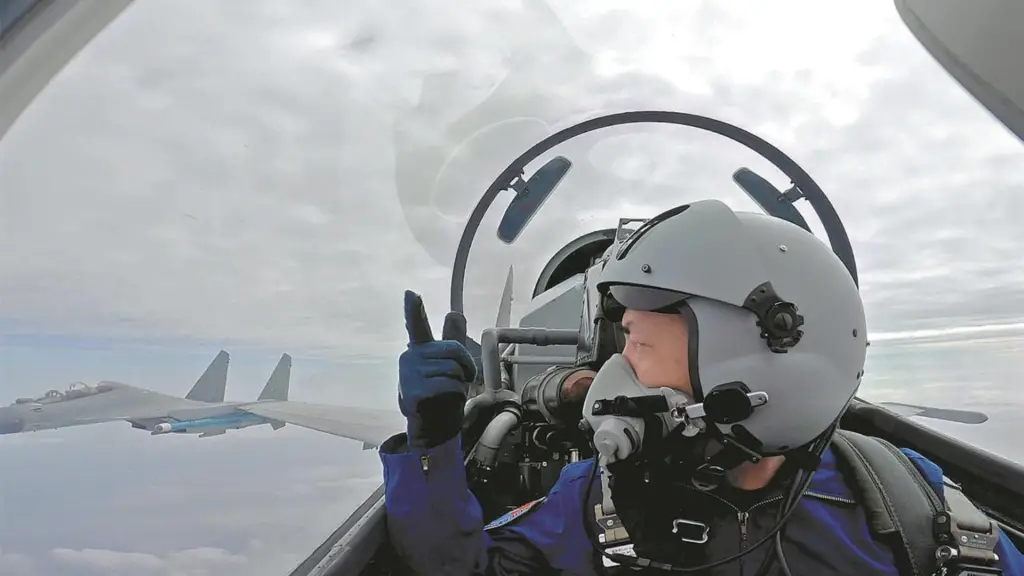China is reportedly using an ancient method to train pilots to make their performance superior during future stealth jet and drone battle. Called Qigong, the traditional practice is now part of regular exercise of a group of 50 robust men, who are part of the Chinese Air Force.
Baduanjin, a form of Qigong, harnesses the body’s vital energy, or qi, to improve muscle development.
The recent data analysis of this practice is claimed to be remarkably effective as the group is doing better than pilots engaging solely in Western-style exercise.
Training meets demands of future hi-tech air battles
They claimed that men who are part of qigong witnessed an average increase of 15 percent in the thickness of their core muscle groups, including their back and waist muscles, according to a report.
Their training is intense, facing scenarios such as cooperating with drones. To meet the demands of future hi-tech air battles, the intensity of their daily training has surpassed that of their American counterparts, posing unprecedented challenges to their physical endurance, reported SCMP.
Qigong is a form of traditional Chinese mind/body exercise and meditation that uses slow and precise body movements with controlled breathing and mental focusing to improve balance, flexibility, muscle strength, and overall health.
Baduanjin benefits pilots
Developed in China, Baduanjin (also called Eight-Section Brocades) is one of the forms of traditional Chinese Qigong exercises which has a history of more than 1000 years. It is characterized by the interplay between symmetrical physical postures and movements, mind, and breathing exercise in a harmonious manner.
Its primary focus is on the release of internal body energy with the intent of producing diverse health benefits.
Previous studies claimed that Baduanjin Qigong practice is beneficial for quality of life, sleep quality, balance, handgrip strength, trunk flexibility, systolic and diastolic blood pressure, and resting heart rate.
This month, a peer-reviewed paper published in the Chinese Journal of Rehabilitation Medicine explained that many pilots had reported neck, waist, or shoulder pain before training, however, after practizing Qigong, these symptoms had significantly diminished. Their level of exertion during exercise also decreased by nearly 20 percent compared to a control group, while their waist strength increased by one-third.
Consisting of eight specific movements, baduanjin assures the smooth flow of the body’s vital energy, maintains spinal stability, and controls spinal movements.
Better spinal stability is a must for pilots, who need to maintain a long sitting posture during even extreme flight conditions.
Song Yanping, a rehabilitation expert from the Joint Logistics Support Force, wrote in the paper that a thicker multifidus muscle means more muscle fibres, which can generate greater force. Song’s team claims that this is crucial for pilots to maintain a sitting posture and withstand vibrations and impacts during flight.
Many Chinese pilots, who are from the country’s carrier-based squadrons, are also attending this special practice.





